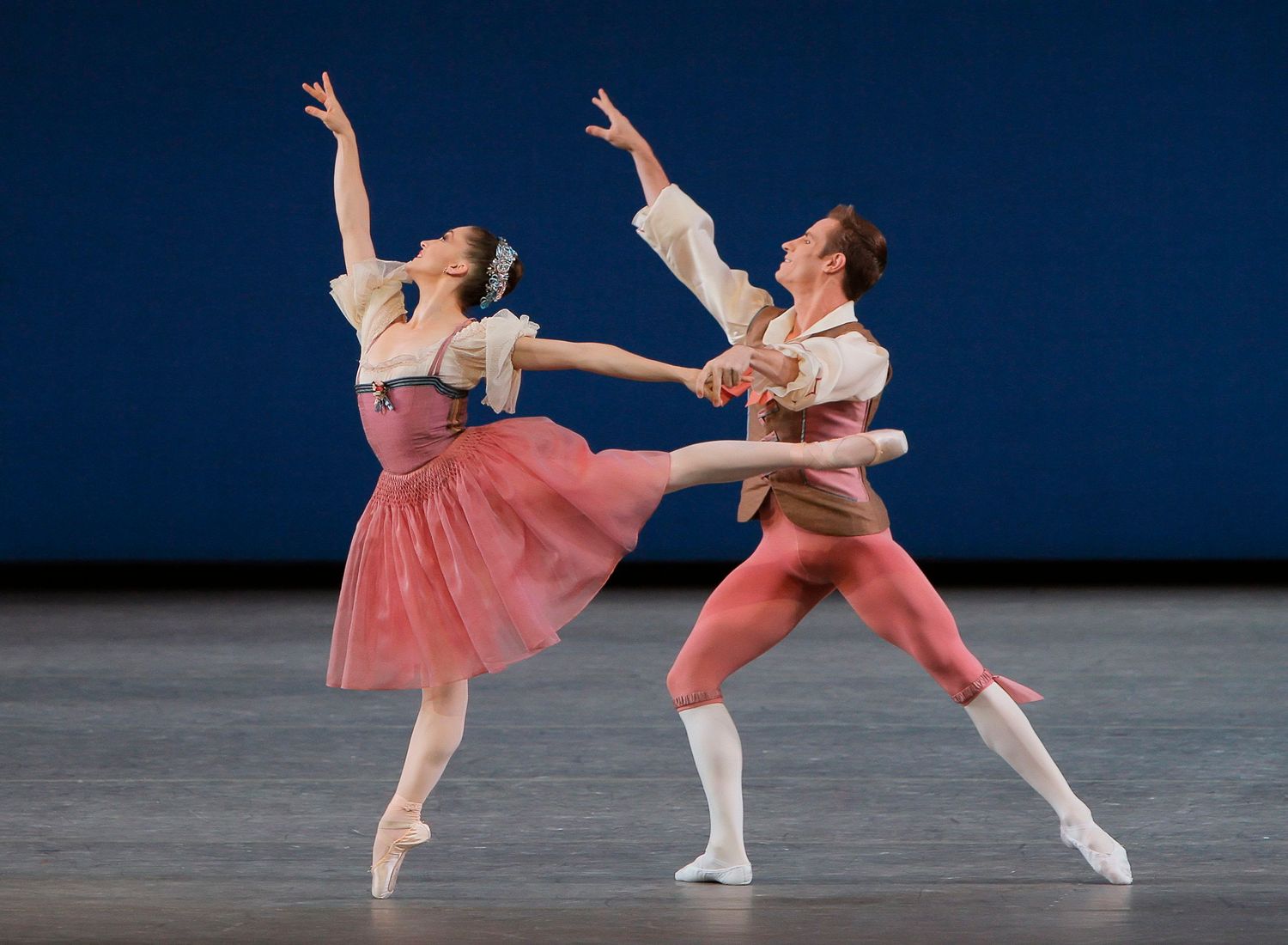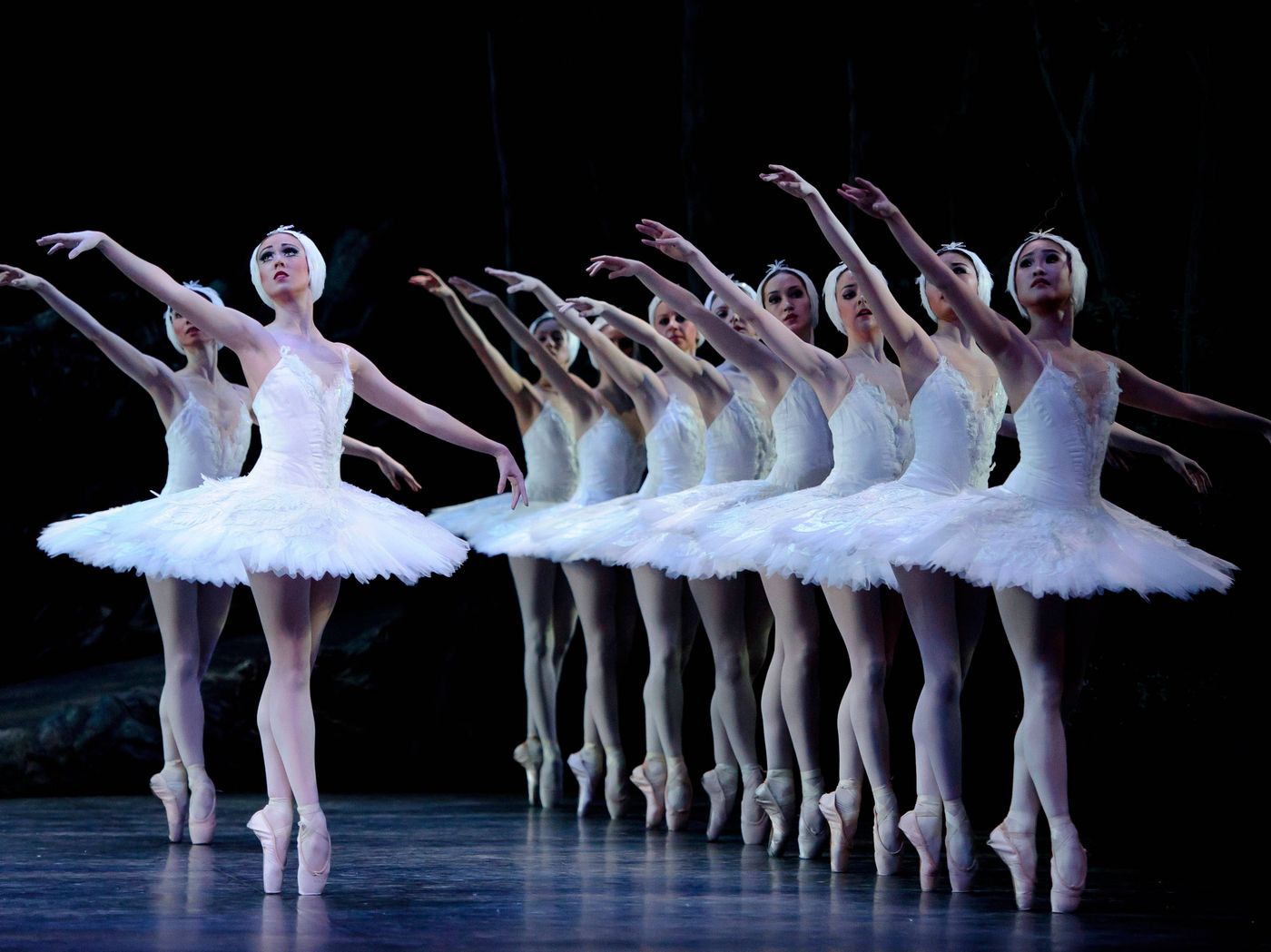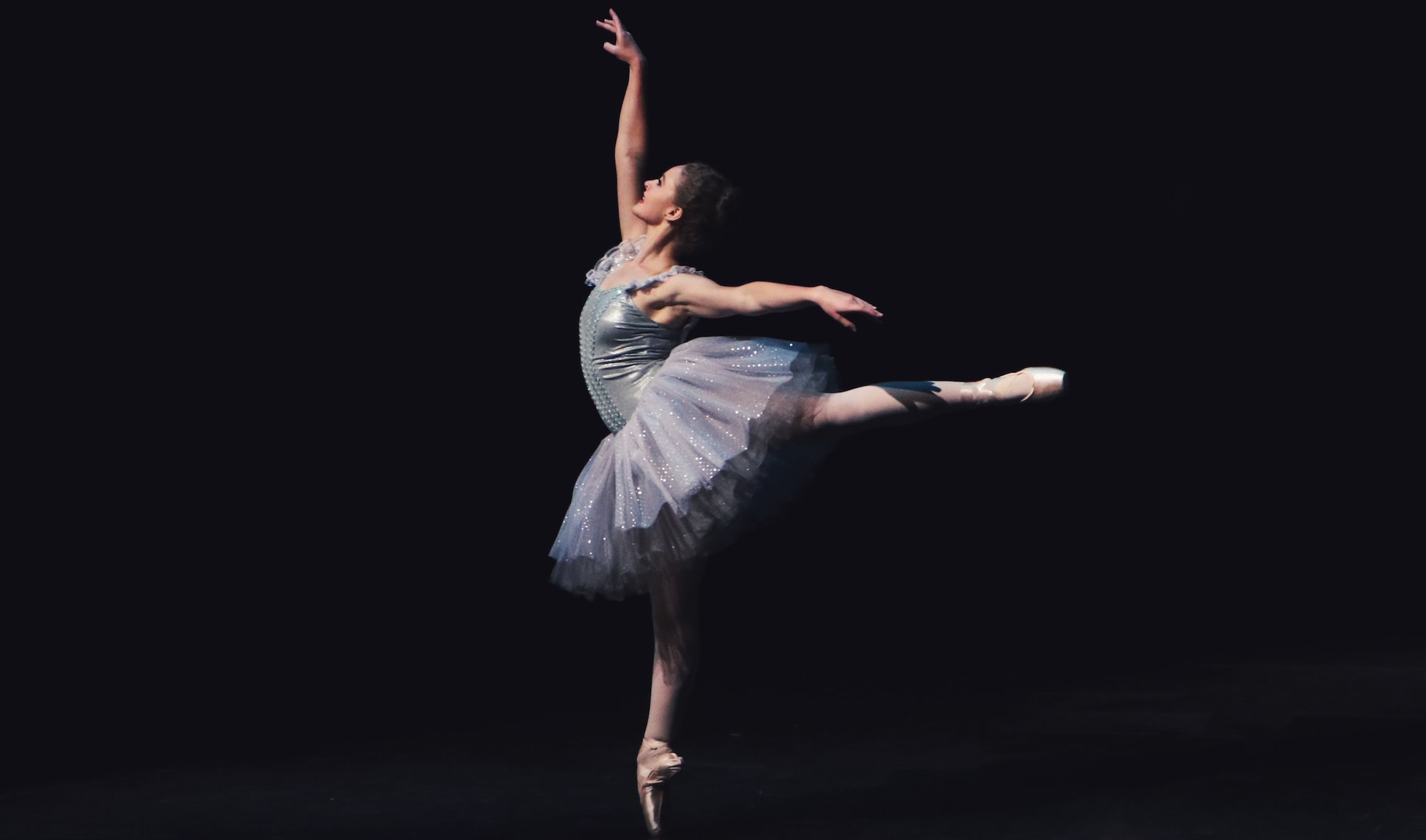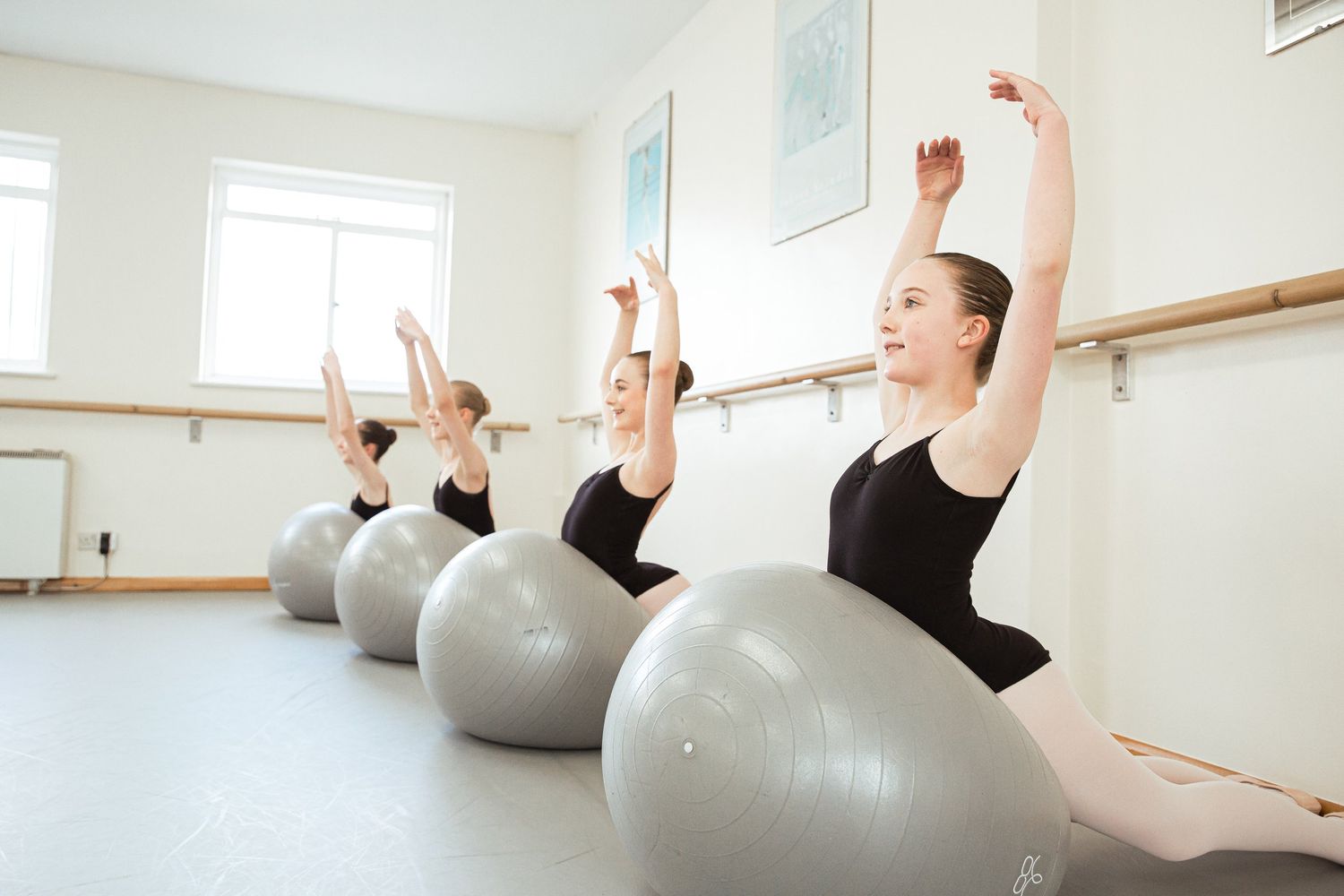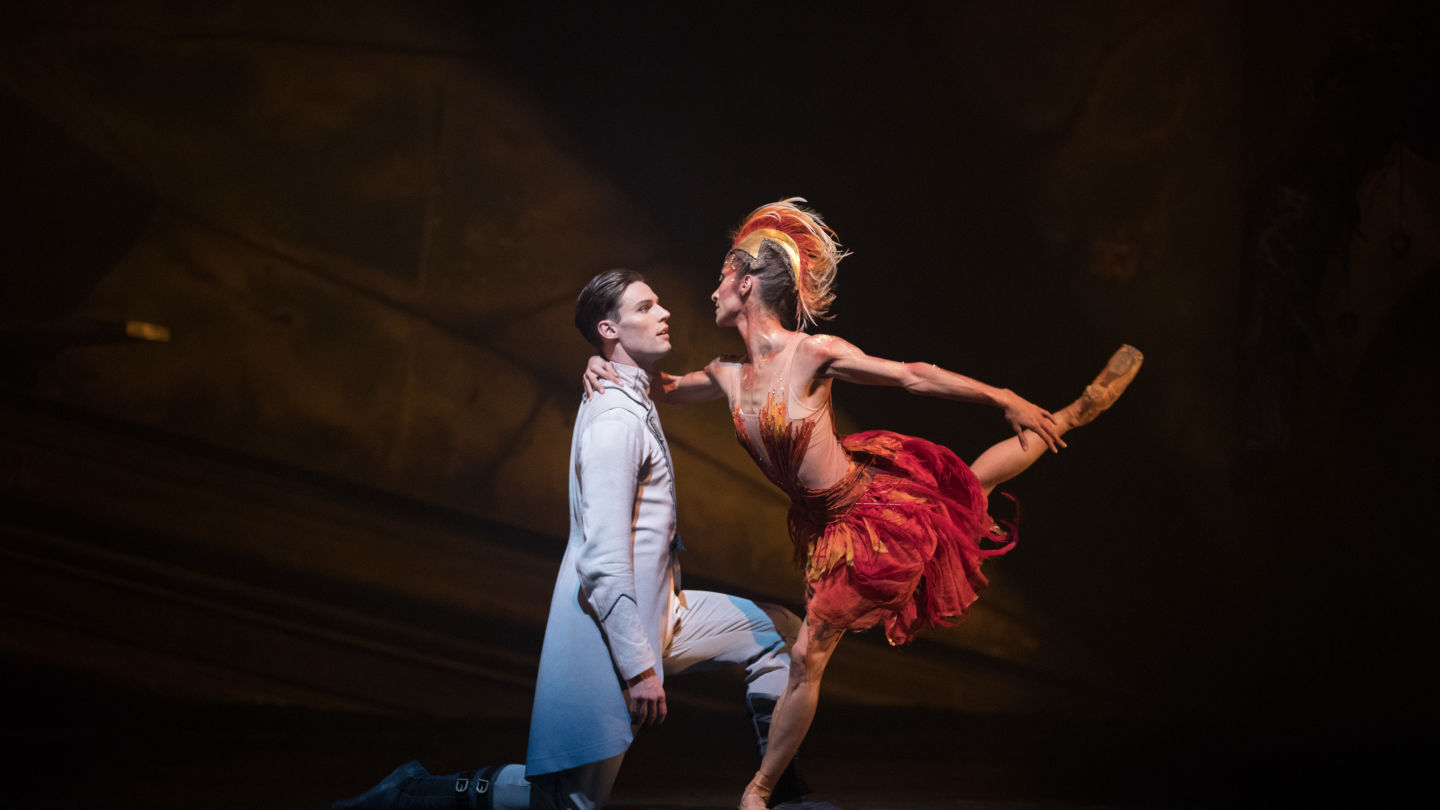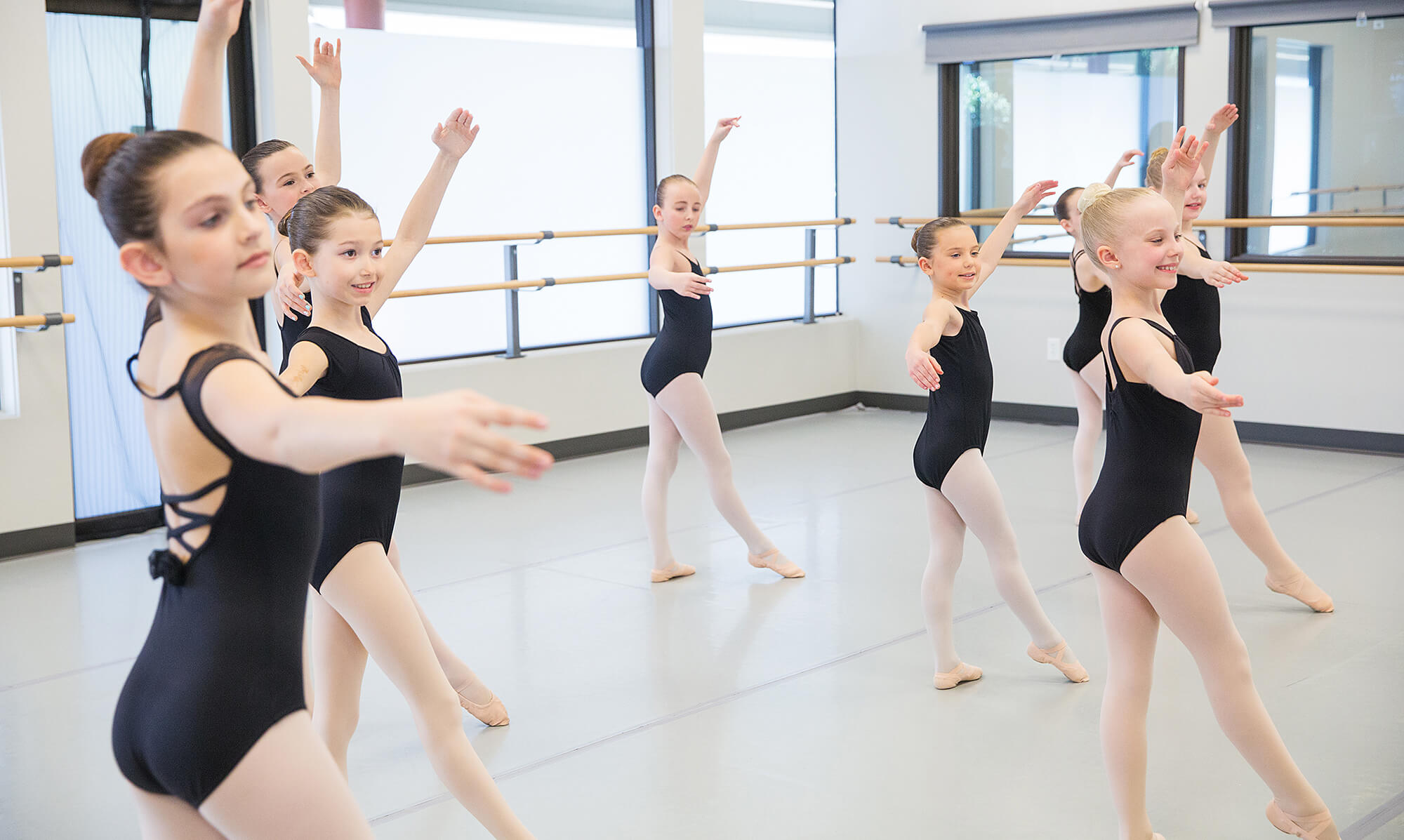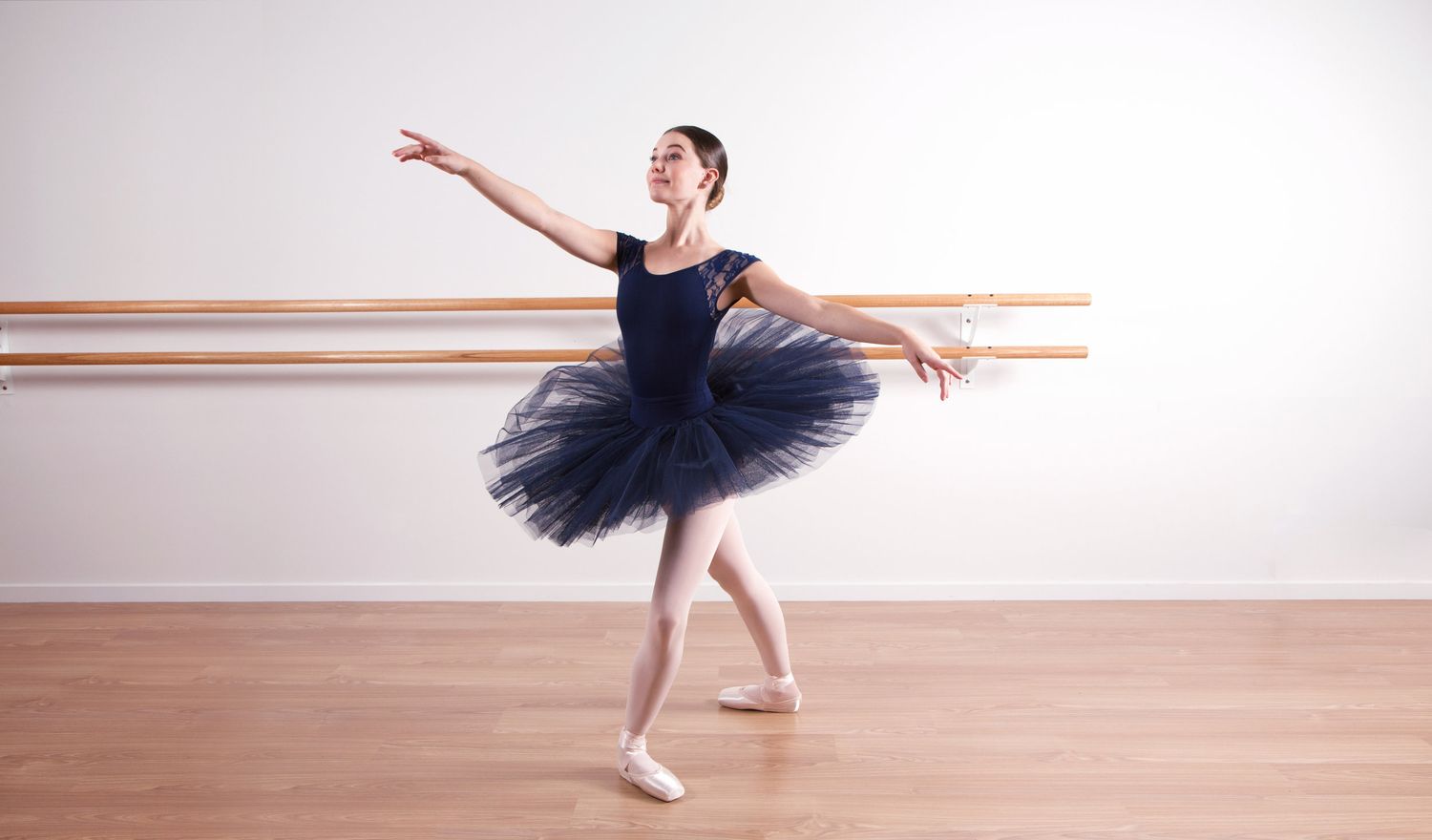Home>Events & Info>Ballet>What Are The Five Positions In Ballet
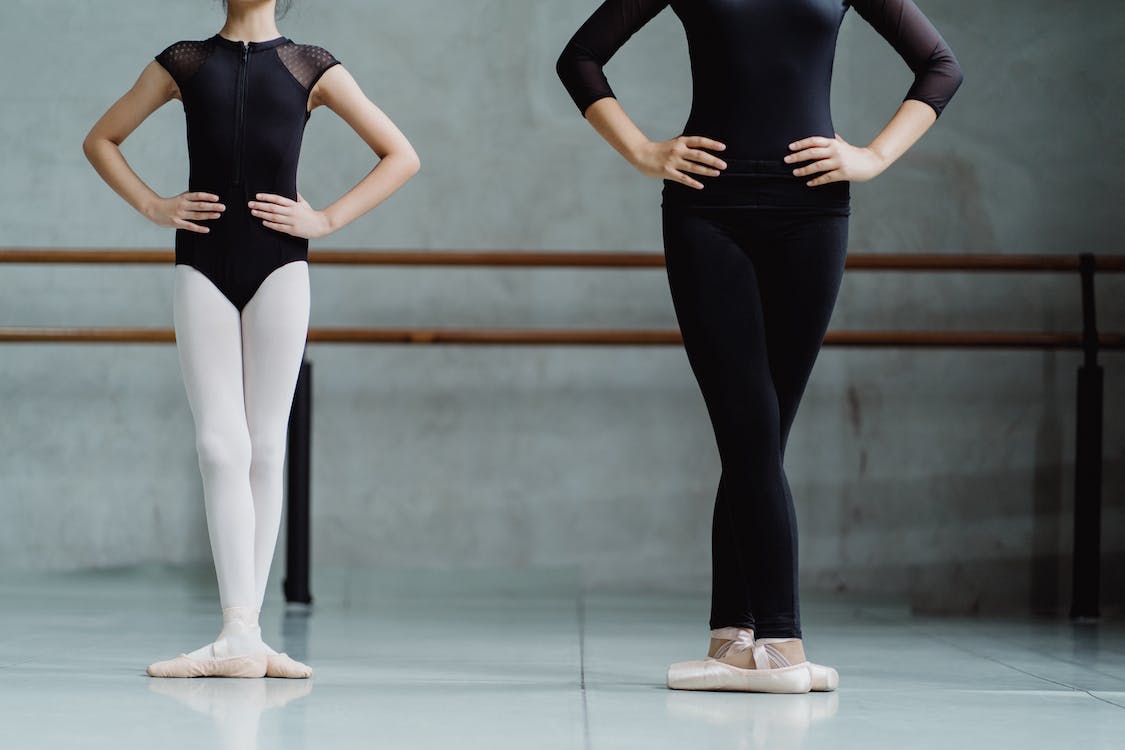

Ballet
What Are The Five Positions In Ballet
Modified: January 22, 2024
Discover the five positions in ballet and learn how they form the foundation of this graceful dance style. Uncover the beauty and precision of ballet techniques.
(Many of the links in this article redirect to a specific reviewed product. Your purchase of these products through affiliate links helps to generate commission for AudioLover.com, at no extra cost. Learn more)
Table of Contents
Introduction
Ballet, with its graceful movements and ethereal beauty, has been captivating audiences around the world for centuries. Rooted in tradition and classical technique, ballet requires immense skill, strength, and precision. One of the fundamental aspects of ballet is proper body positioning, known as positions. By mastering these positions, dancers are able to execute movements with grace and elegance.
In this article, we will explore the five positions in ballet. These positions, when executed correctly, establish a solid foundation for a dancer’s technique and form the basis for a vast array of ballet movements. Whether you are a seasoned ballet enthusiast or just starting to explore this enchanting art form, understanding the positions will deepen your appreciation for the artistry and athleticism of ballet.
Each position has its own distinctive placements of the feet, arms, and body alignment. As dancers progress in their training, they gradually develop the strength and flexibility to execute these positions with precision and artistry. Let’s now delve into each position, starting with the first position.
Position 1: First Position
The first position in ballet is the foundation for all other positions. To execute the first position correctly, begin by standing with your heels together and toes turned out to the sides. It is essential to maintain proper alignment throughout your body, with your legs straight and your weight evenly distributed.
Your arms should be rounded and gently curved in front of your body, with your fingertips reaching toward each other. The wrists and fingers should be relaxed, creating a soft and fluid line. It is important to engage your core muscles to maintain stability and control.
The first position provides a solid base for many ballet movements, such as pliés, tendus, and degagés. It helps to develop balance, alignment, and proper turnout, which is essential for executing movements with precision and grace.
As beginners, dancers often start their training by focusing on the first position. By mastering the alignment and placement of the feet and arms in this position, dancers can then progress to more complex movements and positions.
Remember, in ballet, the first position is not just about the placement of the feet and arms, but also about embodying the artistry and elegance that ballet is known for. It is about achieving fluidity, control, and a sense of poise in every movement.
Now that we have understood the first position, let’s move on to the second position and explore its unique characteristics.
Position 2: Second Position
In ballet, the second position is characterized by a wider stance and a greater sense of openness. To execute the second position correctly, begin by standing with your feet hip-width apart, toes turned out to the sides. It is important to maintain proper alignment, with your legs straight and your weight evenly distributed.
Unlike the first position, where the heels are together, in the second position, the heels should be aligned with the shoulders, creating a wider base. This position allows for greater stability and balance.
In the second position, your arms should be extended to the sides, forming a gentle curve. Your palms should face downwards, and your fingers should be relaxed and slightly separated. This open and expansive arm position adds to the overall aesthetic of the movement.
The second position is often used in exercises such as pliés, grand pliés, and jumps like sautés. It helps to improve strength, flexibility, and coordination. By widening the stance, dancers are also able to engage their leg muscles more effectively, leading to more powerful and controlled movements.
It is important to note that while the second position requires a wider stance, excessive turnout should be avoided. Turnout refers to the rotation of the legs from the hips, which is a fundamental aspect of ballet technique. Maintaining proper turnout in the second position is crucial for maintaining alignment and avoiding strain on the knees and ankles.
As with any ballet position, the second position is not just about the physical placement of the body. It is about embodying the grace and beauty of ballet through every movement. By executing the second position with precision and artistry, dancers are able to create a visual and emotional connection with the audience.
Now that we have explored the second position, let’s move on to the third position and uncover its unique characteristics.
Position 3: Third Position
The third position in ballet is a combination of the first and second positions, creating a graceful and balanced stance. To execute the third position correctly, begin by standing with one foot positioned in front of the other. The heel of the front foot should be touching the arch of the back foot.
Similar to the first and second positions, the toes of both feet should be turned out to the sides. The back leg should remain straight and aligned with the front leg. The weight should be evenly distributed between both legs.
For the arms in the third position, one arm should be rounded and curved in front of the body, similar to the first position. The other arm should be extended to the side, creating a graceful line. The palms should face downwards, and the fingers should be relaxed.
The third position is often utilized in ballet exercises such as tendus and small jumps. It helps to develop balance, coordination, and strength in the legs.
It is important to maintain proper alignment and control in the third position. The heel-to-arch connection may require some practice to achieve stability and balance. Focus on engaging the core muscles and maintaining a steady posture.
The third position allows dancers to create beautiful lines and imagery in their movements. It adds elegance and refinement to the overall aesthetic of the ballet choreography.
Now that we have explored the third position, let’s move on to the fourth position and uncover its unique characteristics.
Position 4: Fourth Position
The fourth position in ballet is a dynamic and versatile stance that requires both strength and balance. To execute the fourth position correctly, start by standing with one foot positioned in front of the other, with a comfortable distance between them. The heel of the front foot should align with the arch of the back foot.
Similar to the other positions, the toes of both feet should be turned out to the sides. However, in the fourth position, the distance between the feet is wider than in the previous positions, allowing for greater stability and control.
In the fourth position, the front leg should be straight and aligned with the back leg. The weight should be evenly distributed between both legs, with a slight emphasis on the front leg.
For the arms in the fourth position, one arm should be rounded and curved in front of the body, similar to the first position. The other arm should be extended to the side, creating a diagonal line. The palms should face downwards, and the fingers should be relaxed.
The fourth position is frequently utilized in ballet movements such as pirouettes, développés, and grand battements. It helps to improve balance, coordination, and strength in the legs and core muscles.
As with any ballet position, proper alignment is essential in the fourth position. Engage your core muscles, keep your shoulders relaxed, and ensure that your turnout is maintained from the hips.
The fourth position offers a sense of stability and control, allowing dancers to execute more complex and challenging movements. It adds depth and dimension to the choreography, creating a visually captivating experience for the audience.
Now that we have explored the fourth position, let’s move on to the fifth position and discover its unique characteristics.
Position 5: Fifth Position
The fifth position in ballet is the most advanced and refined of all positions, requiring a high level of technique, strength, and control. To execute the fifth position correctly, start by standing with one foot positioned in front of the other, with the heel of the front foot touching the big toe of the back foot.
In the fifth position, the toes of both feet should be turned out to the sides, creating a seamless line. The heels should be close together and aligned, creating a sense of alignment and elegance.
The weight should be evenly distributed between both legs, and the legs should be straight and aligned. Maintaining proper turnout from the hips is crucial in the fifth position, as it helps to create clean lines and proper alignment throughout the body.
For the arms in the fifth position, one arm should be rounded and curved in front of the body, similar to the first position. The other arm should be extended to the side, creating a diagonal line. The palms should face downwards, and the fingers should be relaxed.
The fifth position is used in a wide range of ballet movements, from simple tendus to intricate pirouettes. It requires exceptional strength in the legs, proper balance, and core engagement.
While the fifth position may be challenging for beginners, with consistent practice, dancers can develop the strength and alignment required for this position. It is important to focus on maintaining proper posture, engaging the core, and working on improving turnout over time.
The fifth position exudes elegance, control, and finesse. It showcases a dancer’s mastery of technique and strength and adds a sense of refinement to any ballet performance.
Now that we have explored the five positions in ballet, it is important to remember that mastering these positions takes time, dedication, and proper training. The positions serve as the foundation for a dancer’s technique and form the basis for the fluid and expressive movements that characterize ballet.
By understanding the intricacies of each position and practicing diligently, dancers can transform the positions into art, seamlessly transitioning from one to another and captivating audiences with their grace and skill.
So whether you are a ballet dancer or a ballet enthusiast, take the time to appreciate the beauty and precision of these positions the next time you watch a ballet performance. You will gain a deeper understanding and appreciation for the artistry and athleticism that ballet dancers possess.
Conclusion
The five positions in ballet – first, second, third, fourth, and fifth – form the foundation of a dancer’s technique and are integral to the artistry of ballet. Each position has its own distinct placement of the feet, arms, and body alignment, allowing dancers to execute movements with precision, grace, and poise.
Mastering these positions takes time, dedication, and practice. Ballet dancers spend hours in the studio perfecting their technique, striving to achieve proper alignment, turnout, and fluidity in their movements. By understanding and embodying the positions, dancers are able to create beautiful lines, express emotions, and captivate audiences with their artistry.
While the positions serve as a starting point for dancers, they are not rigid or stagnant. As dancers progress in their training, they learn to seamlessly transition between the positions and create dynamic and seamless sequences. The positions also serve as a basis for more complex movements, leaps, turns, and jumps that define ballet choreography.
Beyond the technicality, the positions in ballet embody the elegance, beauty, and grace that define this art form. Through proper body alignment, fluid arm movements, and precise footwork, ballet dancers create a visual and emotional connection with the audience, transporting them into a world of beauty, passion, and storytelling.
Whether you are a ballet dancer or someone who appreciates the art of ballet, understanding the five positions allows for a deeper appreciation of the technique, skill, and artistry that goes into every ballet performance. So, the next time you watch a ballet, take a moment to observe the dancers’ positions and the seamless transitions they execute. It is a testament to their years of hard work, dedication, and love for the art of ballet.
In conclusion, the five positions in ballet are the building blocks of this enchanting art form. They provide a solid foundation for technique, enable dancers to showcase their strength and flexibility, and allow for the creation of mesmerizing performances that take our breath away.
Embrace the beauty and precision of the ballet positions, and let them transport you into a world of grace, elegance, and artistic expression.



